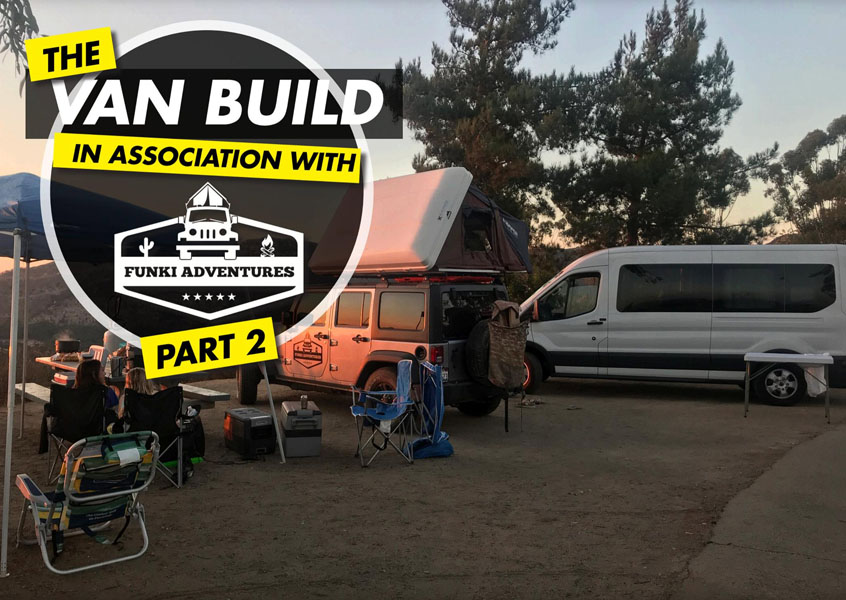
“You don’t learn to walk by following the rules. You learn by doing, and by falling over” – Richard Branson.
We’ve been doing a lot of falling over during this van build! The 2 primary areas of ‘discomfort’ or ‘falling over’ from the design, during the first trip, were as follows:
Water … we ran out very quickly
Power … we ran out very quickly
Water. With our bike rack and kitchen consuming the rear of the van, space for a large water tank was pretty limited. The solution? A compact over-the-wheel-well tank from Titan Vans. It’s a relatively small tank at 20 gallons (76 litres), but it fit our build perfectly. A few $s to Amazon with an order of tubing, a hand-held shower head and a 12v water pump, completed the setup. The tank is neat, unobtrusive and uses the space around the inner wheel-well brilliantly.
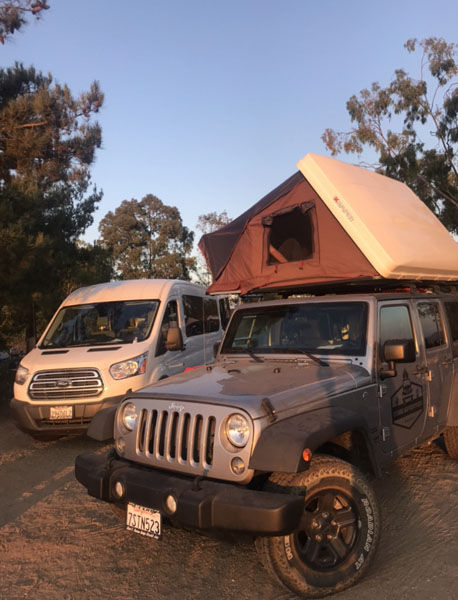
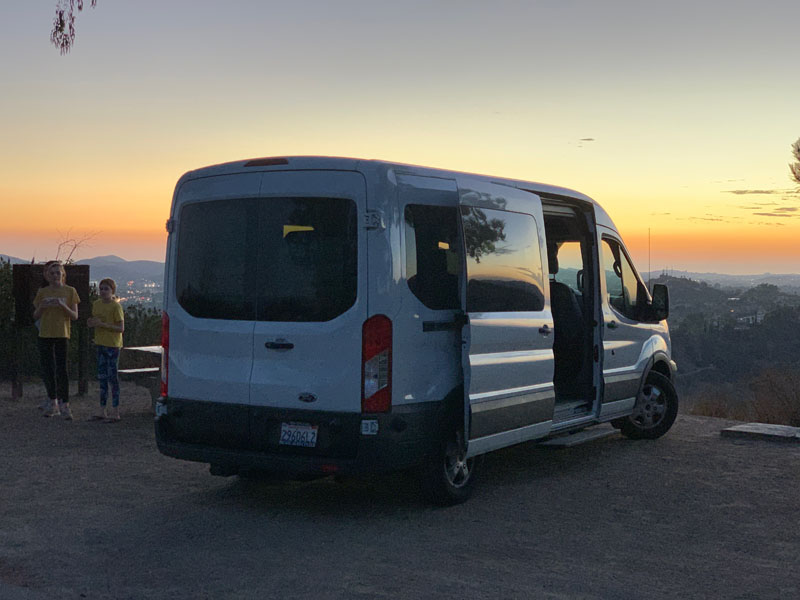
Power: Up to now, we’ve been using a 40 amp hour battery unit for all our power needs. It’s just not enough.
Here are our van power requirements:
A.Power all of our stuff over a weekend without having to start up the van to recharge
B.Ability to use a power bank as the van’s ‘house’ power system
C. Portability: Remove the unit from the van and use elsewhere at a campsite.
So, we got our hands on two of the bigger battery power packs on the market: The EcoFlow Delta 1300 lithium ion pack and (new to the market) Nature’s Generator Elite sealed lead acid pack. Both units provide significant amounts of power and can even be used as backups in your home – if you have a power cut, these bad boys can keep your fridge freezer running while you simultaneously watch TV.
It’s lithium ion vs sealed lead acid technologies and both have pros and cons.
We started with the Nature’s Generator Elite. On a Friday afternoon, it was loaded into the van and two portable fridges connected to it (Blackforest and Alpicool). One was connected directly to the DC outlet on the battery pack, the other to the 110v ‘regular’ outlet (which is less efficient as the power must be converted by an inverter from 12v to 110v by the NG Elite).
The Elite ran both fridges from Friday afternoon, through to Saturday afternoon, with the small screen on the Elite showing there was still 50% of battery available! Impressive as the fridges were working hard in the hot temperatures. Next, we hooked up two 100w solar panels to the Elite. With both panels connected, the unit continued to power both fridges through until Sunday afternoon (when we finally returned home). To torture the Elite, a coffee maker was hooked up on the Saturday morning, just to see what would happen. A few hot cups of coffee later and the Elite was still going strong – simultaneously running the fridges as well as the coffee maker. The display even cheekily suggested there was more output capacity available – this thing can put out a peak of 3300 watts!
For the Eco Flow Delta, we had another stress test in mind. There were 3 tri-tip steaks to be slow cooked, so a 1200 watt Sous Vide was immersed in a 40 quart cooler (38 litre) of cold water. The bagged and sealed stakes were dropped in and the Eco Flow Delta left to single handedly heat the water to 140 degrees. It had to maintain that heat for 2 1/2 hours of slow cooking. The Delta got the job done. It went down to 0% battery just as the cooking was finished.
The Delta has an excellent digital display and showed the Sous Vide was pulling 1200 watts for an extended period of time, clicking on and off once the water reached temperature.
The party piece of the Eco Flow Delta? It’s re-charging time. Only 1 hour to get it back to 80% charge, which is incredible! After we had drained the unit of its power, we found an electrical outlet in a nearby public restroom … 1 hour later we had as much power as we needed for the rest of the weekend. The Delta ran a movie projector that evening, and on Sunday morning, the coffee maker was connected – we had as much coffee as we could handle.
So which one was best? The answer for you, is probably different than the answer for me. Let’s outline the pros and cons as briefly as possible:
Nature’s Generator Elite
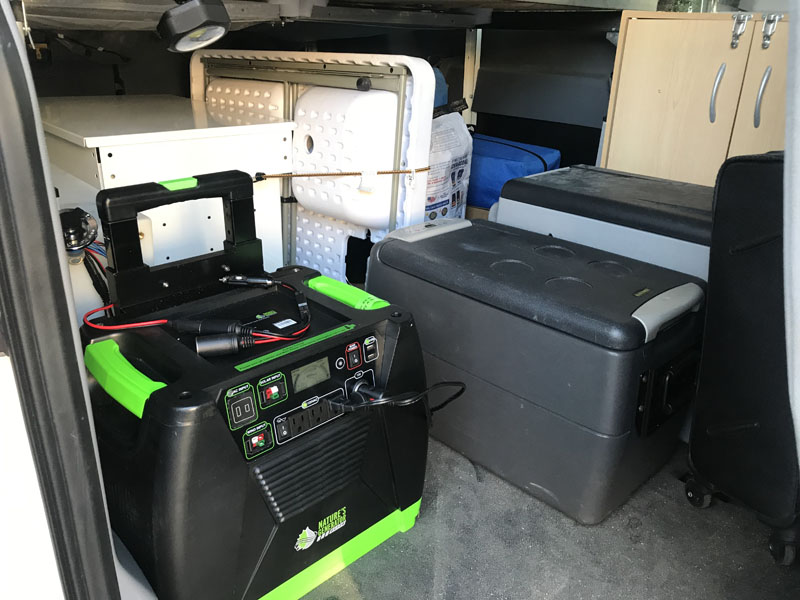
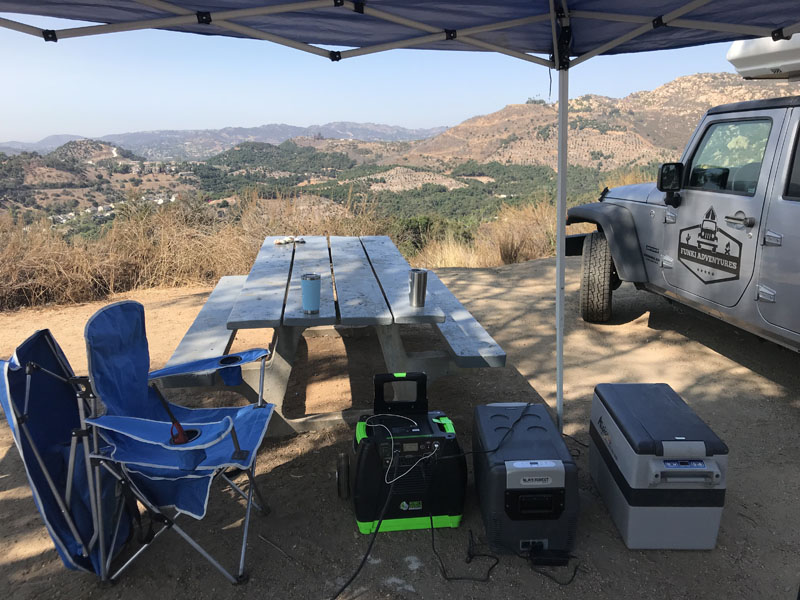
Pros
– Good Value: $999 for 1200wh of power
– Tried and tested battery technology: Lead acid batteries have been around forover 100 years.
Cheap/easy to replace internal batteries after warranty expires: $250
– Expandability: ‘Power pods’ are available to connect in parallel, meaning you can increase the available power considerably, if needed
– Can provide power while charging
Cons
– Weight: 115 lbs – it’s heavy! Ok if leaving in a van, but awkward to move in and out. It does come with a handy cart, so easily moved once on the ground.
– Warranty only 12 months
– No fast charge USB port
– 8 to 10 hours charge time
Eco Flow Delta
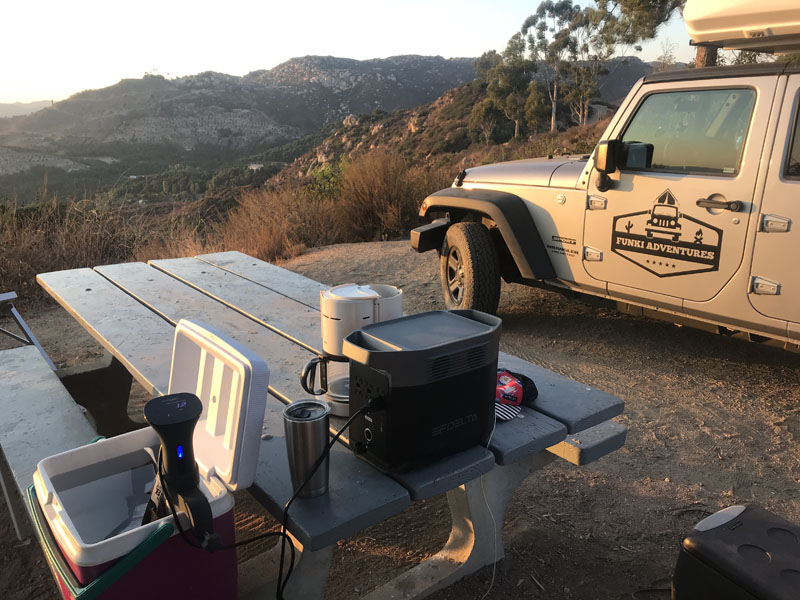
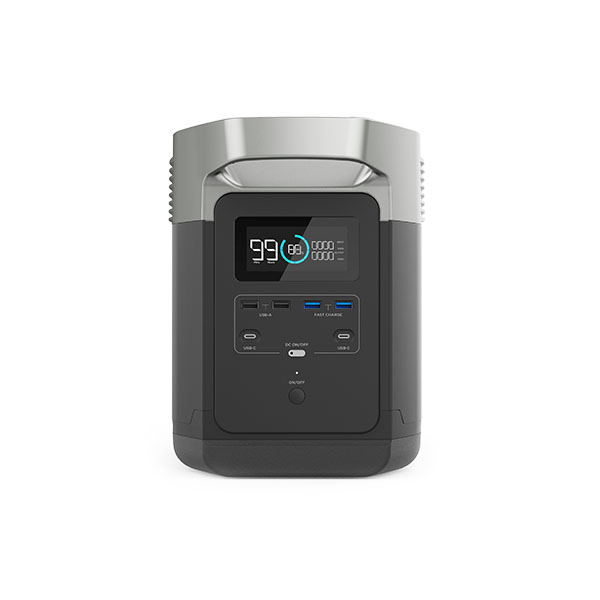
Pros
– Value: $1399 for 1260 wh of power. More expensive than Nature’s Generator, but still not bad compared to other Lithium Ion unit
– Portability: Only weighs 31 lbs and is compact
– Multiple outlet types, including fast charging USB ports
– Warranty is 24 months
– Fast charging time: Only 1 hour to charge back to 80%!
Cons
– Not practical to connect 2 or more units. It’s possible, but not efficient. So the power from one unit is the max you can use.
– No ability to replace internal battery after warranty is up
Our next task in this ‘slow cooking’ van project? The bed – it’s too high. We need a way to easily move it up and down, depending on whether or not bikes are sitting on the rack. We do have a pretty cool (and low cost) solution in mind … stay tuned!

Funki Overland
Funki Adventures are an Overland 4×4 off-road adventure provider based in San Diego, California. They get you ‘off the beaten path’, in luxury, throughout California and neighboring states, by renting you a self-drive four wheel drive (4WD) Jeep off-road camper. Each Jeep has a Roof Top Tent for Overlanding luxury. Whether you want to experience the desert, drive forest trails in the mountains or surf in the Pacific Ocean – they’ve got a tailored trip for you.
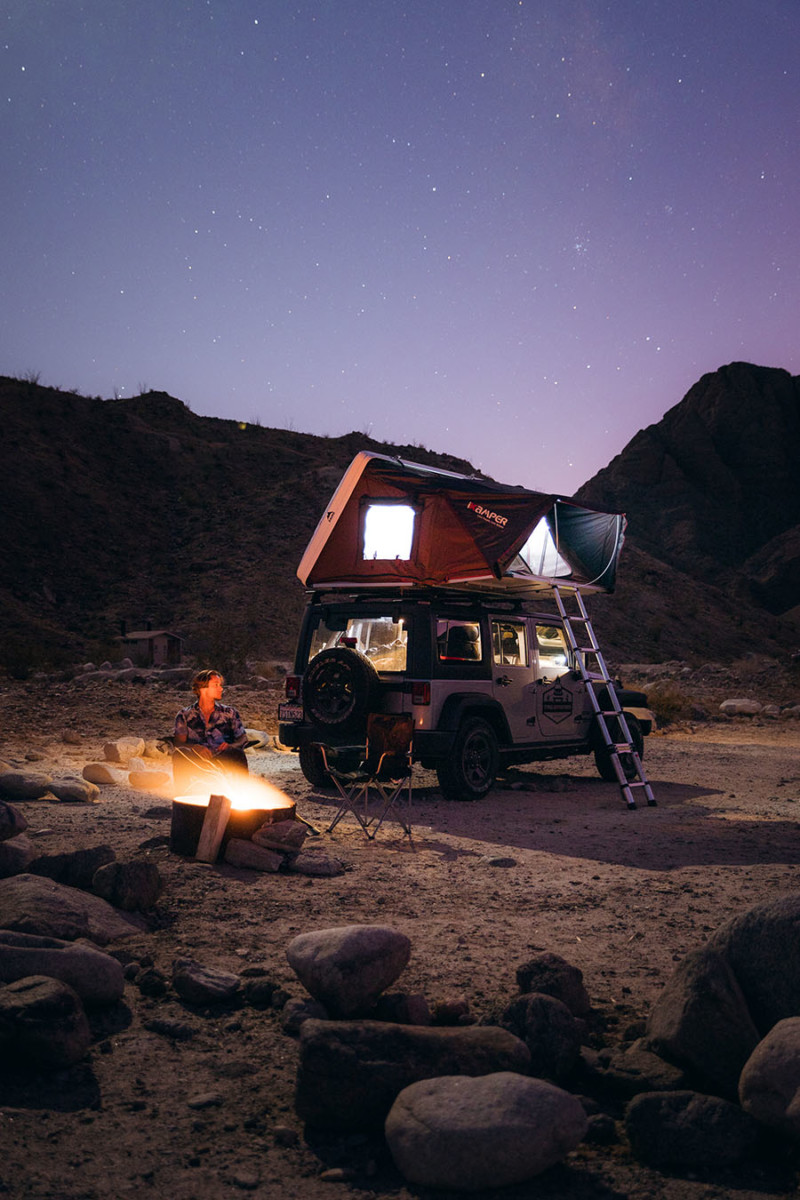


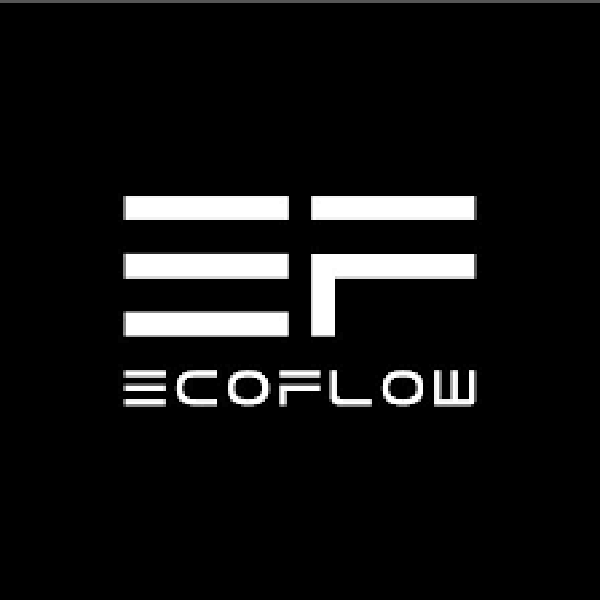

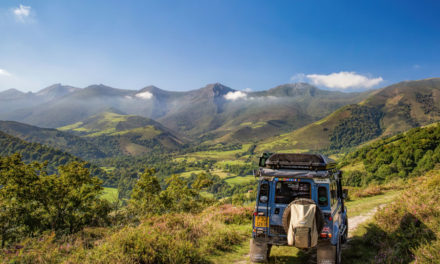
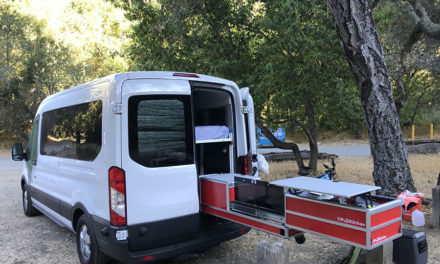
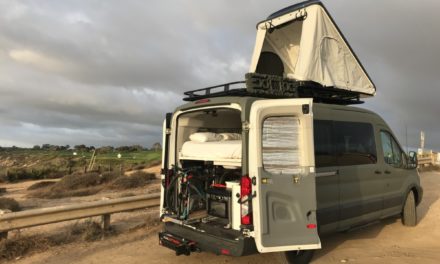
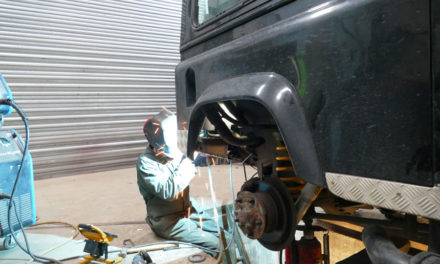
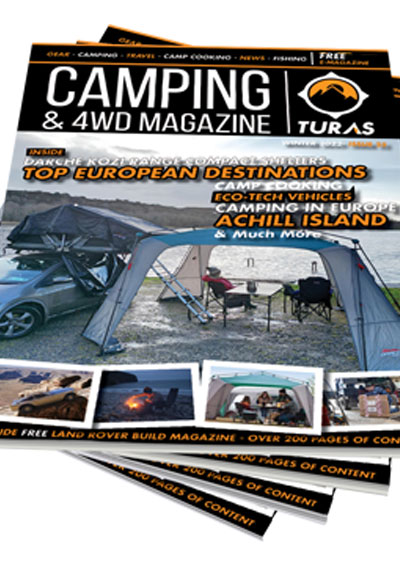

Recent Comments